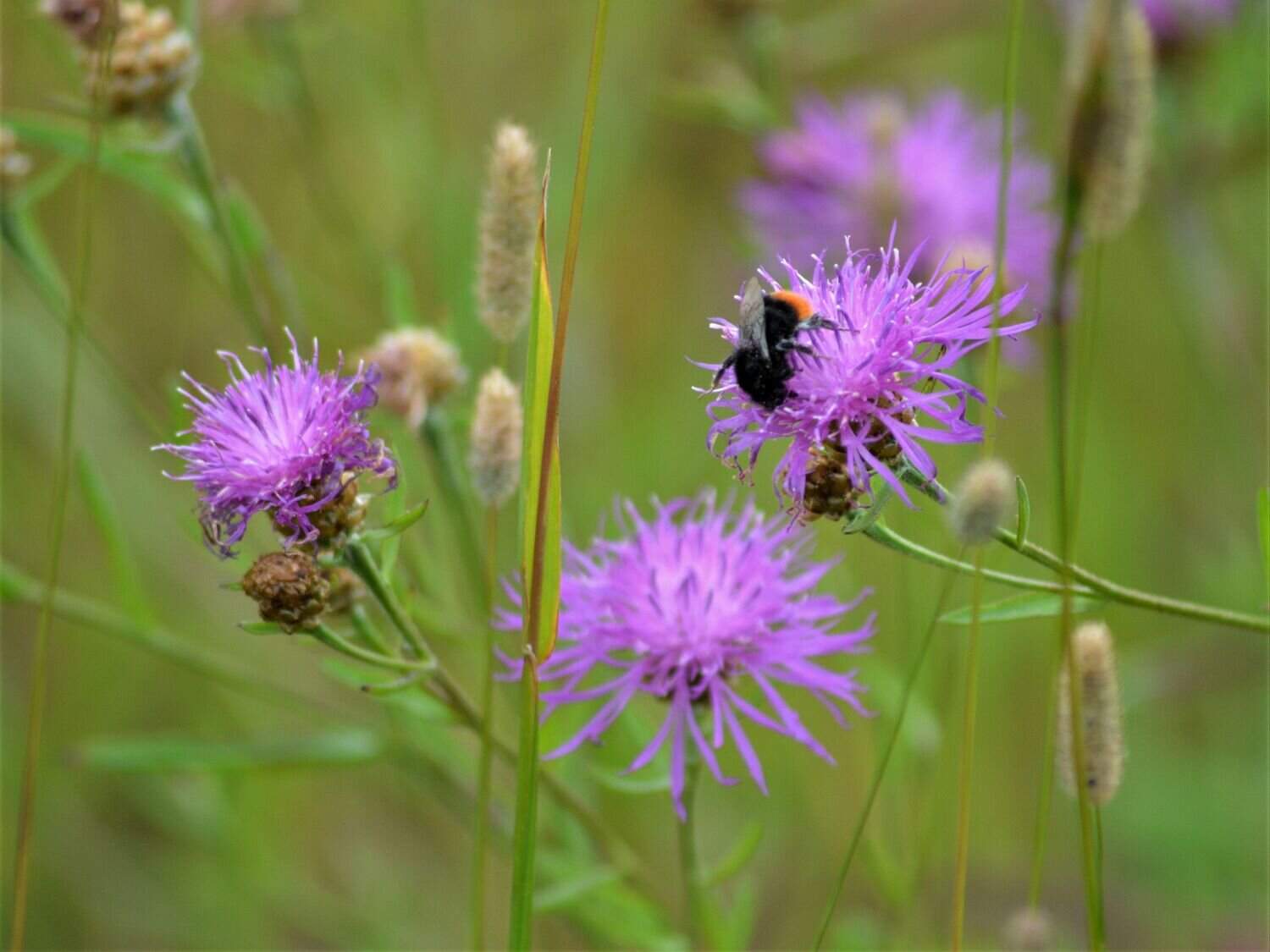
Where the wild bees thrive: Combining agricultural and environmental measures can offer more protection
How did your country report this? Share your view in the comments.
Diverging Reports Breakdown
Where the wild bees thrive: Combining agricultural and environmental measures can offer more protection
Researchers from the Universities of Göttingen and Halle show that combining agricultural and environmental measures at the landscape level can offer more protection for wild bees. Organic farming combined with multi-year natural habitats is particularly effective. These two types of habitats together support significantly more wild bees than either does on its own. A less successful combination is organic farmland paired with areas filled with plants that flower annually. The study offers important guidance for shaping future measures for agriculture and the environment, the researchers say. It highlights the value of coordinated, landscape-scale planning.
Red-tailed bumblebee (Bombus lapidarius) on flowering meadow knapweed. Credit: Lisa Prudnikow
The global decline of wild bee populations is alarming. Landscapes characterized by intensive agriculture offer hardly any suitable habitats. Isolated local efforts are often not enough to counteract this loss.
Now, researchers from the Universities of Göttingen and Halle show that combining certain agricultural and environmental measures at the landscape level can offer more protection for wild bees.
Their findings show that organic farming combined with multi-year natural habitats—such as meadows planted with long-lasting, perennial plants—is particularly effective. These two types of habitats together support significantly more wild bees than either does on its own.
The results were published in the Journal of Applied Ecology.
The researchers analyzed the impact of three large-scale environmental measures in 32 agricultural landscapes: the creation of organic farmland; areas planted with flowers that bloom annually; and near-natural habitats using plants that return year after year. This enabled them to determine how different habitat combinations influenced wild bee abundance and species diversity.
They found that not every habitat combination is equally successful. The results show that many wild bees benefit most from a combination of organic farming and perennial, near-natural habitats. This is particularly true for wild bee species other than bumblebees. The reason: the areas complement each other by providing different food sources and nesting sites over longer periods of time.
Bumblebees, on the other hand, benefit from both organic farming areas and near-natural habitats, regardless of whether the two occur together in the landscape or not.
A less successful combination, however, is organic farmland paired with areas filled with plants that flower annually. These habitats offer similar flowers as a food source at the same time, but no additional variety—meaning the positives do not increase the total benefits to bees.
“Our findings show that a well-designed mix of habitat types is key. When areas complement each other in terms of food and nesting resources, they can support a wider range of wild bee species,” explains Kathrin Czechofsky, Ph.D. researcher in Functional Agrobiodiversity and Agroecology at the University of Göttingen.
Dr. Annika Hass, a lead researcher from the ComBee project, adds, “This study offers important guidance for shaping future measures for agriculture and the environment. It highlights the value of coordinated, landscape-scale planning.”
The research is part of the ComBee project, a collaboration between the Universities of Göttingen and Halle.
Source: https://phys.org/news/2025-06-wild-bees-combining-agricultural-environmental.html
